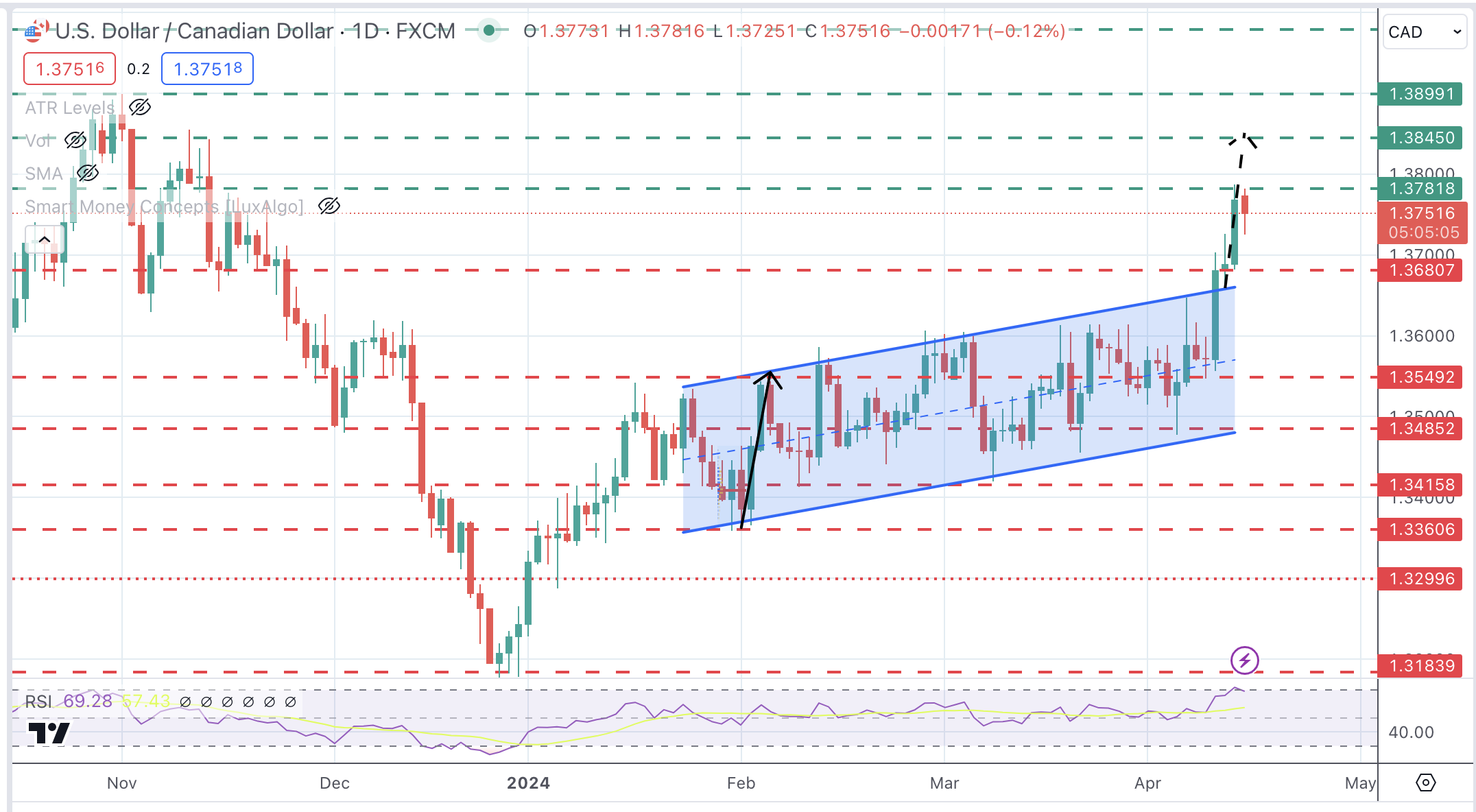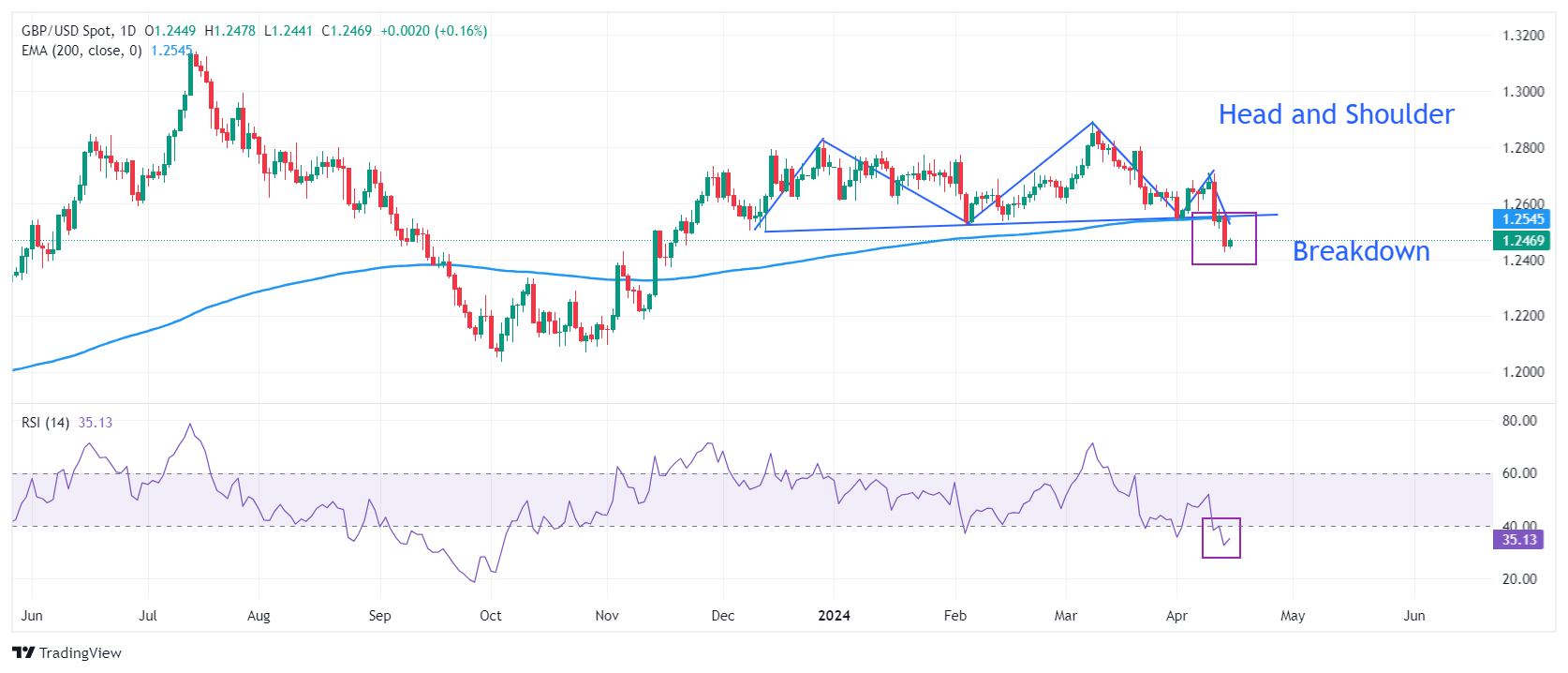The cycle of the major central bank meetings has passed. The Anglo-American central banks and Norway are ahead among the high-income countries in the adjustment of monetary policy. Meanwhile, the pandemic continues to scar, and flare-ups are extending the economic and social disruption in some large countries, including China and Russia. Parts of Europe are experiencing another wave, including Ireland, the UK, and Germany.
From the RBA and ECB to the Bank of England and Federal Reserve, the central banks pushed back against the dramatic backing up in short-term rates with varying degrees of adamance. Two-year yields, a useful proxy, fell 10 in the US and 12 in Germany and nearly 28 bp in the UK. The implied yield of the December 2022 Fed funds futures fell 11 bp. The implied yield of the June 2022 contract fell less but to two-and-a-half week lows.
Attention now turns from central bank meetings to economic reports that will influence future monetary policy. Four economic data points stand out. The US reports October CPI and the University of Michigan's preliminary November long-term inflation expectations, China inflation measures, and Australia's October jobs report. In addition, the UK reports Q3 GDP and September details.
Before taking a closer look at these highlights, let's briefly discuss the two central banks that are meeting: Peru and Mexico. The former is interesting, not because global investors and corporations have much exposure. Rather, the unorthodox government has respected the independence of the central bank, re-appointed the respected head of the central bank to another five-year term, and made reasonable appointments to the central bank board. The central bank hiked by a quarter of a point in August (to 0.5%) and moved by 50 bp in September and October. Like other countries, Peru is wrestling with rising prices as the economy re-opens. Last month, CPI (Lima) accelerated to 5.83% from 5.23%. Unemployment (Lima) in September rose to 10.0% from 9.5%. It was the second consecutive monthly increase and illustrates the dilemma faced by policymakers in several emerging market economies.
Mexico's central bank is wrestling with a similar problem. The economy unexpectedly contracted in Q3, and inflation has accelerated. The October CPI will be reported a few days before Banxico meets on November 11. President AMLO has been more active in re-shaping the board of the central bank than Castillo in Peru. However, only one has resisted the logic of raising rates. At 4.75%, the overnight rate is still below the rate of inflation (6.0% in September and the bi-weekly estimate put it at 6.12% in m the middle of last month. The central bank hiked by 25 bp in June, August, and September. The swaps market is pricing around 110 bp over the next three months, which implies the risk of a 50 bp move now.
II
US inflation and inflation expectations are elevated, but they are not accelerating. Headline CPI rose at an annualized pace of about 4.8% in Q3 after a nearly 10% pace in Q2. At an annualized pace, the core rate increased by about 2.5% in Q3 after rising more than 10% in Q2. Two frequently cited market-based measures of inflation expectations, the 10-year break-even and the five-year five-year forward, have declined 20-30 bp since peaking in late October. The University of Michigan's long-term inflation expectations survey (5-10 years) first reached 3.0% in May. It has been bouncing between 2.8% and 3.0% since. In October it stood at 2.9%.
Owing to the fact that headline CPI rose a mere 0.1% in October 2020, the 0.5% rise economists are forecasting for last month will see the year-over-year rate rise to 5.8% (from 5.4%). Moreover, it seems like last, core prices drove the headline. Excluding food and energy, consumer prices are expected to have risen by 0.4%. The base effect of the October 2020 0.1% gain dropping out of the 12-month calculation, the core rate could increase to 4.3% from a year ago.
Price pressures have been greater and last longer than expected. Still, it does not really negate the underlying view that the acceleration reflects base effects, supply chain disruptions associated with the shutdown, and re-opening. It also makes sense that Anglo-American economies, which tended to provide more fiscal stimulus and typically experience higher inflation than, say, the eurozone, Switzerland, and Japan, are doing it again. What counts in this context is the cyclically-adjusted fiscal thrust. The US is past the peak stimulus.
The reduction of the emergency transfer payments means several hundred billion dollars of less fuel for consumption. Consider that pre-pandemic US consumption was fairly steady, growing an average annualized rate of 2.3% in 2019, 2.4% in 2019-2018, and 2.5% over the past 20 quarters (five years). The Q3 GDP report gave us a sense of what to expect as consumption grew at an annualized rate of 1.6%, but even with it, the average through the first three quarters is a still heady 8.3%. It appears to be bouncing back this quarter and may average a little better than 3% in H1 22 before returning to its pre-pandemic averages in H2.
Therefore, businesses will create some new capacity and fix supply chains, but (consumer) demand is likely to soften. Treasury Secretary Yellen suggests that price pressures may persist toward the middle of next year. Chair Powell seemed to echo these remarks at his press conference following last week's FOMC meeting. This seems like a reasonable scenario. This may help explain why the market looks for the tightening of policy to stop shy of the Fed's long-term rate of 2%-3%.
III
In stark contrast to the inflation worries in Europe, North America, and many emerging markets, China's consumer price pressures are modest no matter how the data is sliced or diced. In September, the CPI was 0.7% above year-ago levels. In September 2020, it rose 1.7% year-over-year. In Q3, it increased at an annualized rate of a little more than 1.6% after falling at an annualized rate of over 3.5% in Q2. Food prices are part of the story. Food prices, driven by the rebuilding of the swineherd and lower pork prices, fell 5.2% year-over-year in September, but non-food prices were up a modest 2%. If food and energy are excluded, core inflation stands at 1.2%. Goods prices have risen by 0.2% year-over-year, while service prices rose 1.4%.
China's call on households to secure provisions for the winter may boost some consumer goods and food prices. Related to the debt crisis in China's property sector, house prices appear to be softening. As measured by retail sales, consumption slowed (year-over-year) from February through August before rising again in September. However, the most compelling reason to expect an acceleration in China's CPI is the base effect. Last October (and November), China's CPI fell by 0.3% (and 0.6%). Indeed the rise could be dramatic.
Producer prices are a different story. In the year through September, China's producer prices rose 10.7%. Efforts to liquidate some of the state's strategic reserves (acquired in previous attempts to support prices) do not seem to be having a noticeable impact on prices. That said, many of the critical industrial commodities, such as oil, copper, iron ore, and coal, are in backwardation, meaning that the near-term prices after higher than the deferred deliveries. In the US, the year-over-year pace of producer prices likely stabilized in October around 8.6% and 6.8% for the headline and core rates, respectively. The base effect warns that new acceleration is likely this month.
The Reserve Bank of Australia pushed against the early tightening of the market anticipated and continued to emphasize the labor market. Recall that social restrictions triggered a loss of nearly 285k jobs in August and September. The composite PMI had been stuck below the 50 boom/bust level and jumped back to 52.1 in October from 46.5 in September. However, the survey period is September 26 to October 9, suggesting that the impact from the Sydney and Melbourne lockdowns may hamper the October employment report. Still, there is reason to be optimistic about the labor market recovery in the coming months.
The Bank of England meeting took some thunder from the preliminary estimate of Q3 GDP on November 11. The new information really is about September, and the central bank warned that the growth outlook deteriorated since August due to supply disruptions. The monthly GDP figures showed a 0.1% contraction in July and a weaker than expected recovery in August (0.4%). Through August, the monthly GDP has expanded by about 7.5% at an annualized pace.
Monthly GDP is running ahead of the quarterly calculation, which is what the BOE forecasts. There is a methodological difference between the two time series. The monthly uses the gross value-added output, while the quarterly GDP estimate averages output, income, and expenditure measures. September would need to have seen a big spurt of activity to validate the 1.5% quarter-over-quarter growth forecast (median Bloomberg). Given the unexpected decline in September retail sales, we suspect the risk is on the downside.
The employment data on November 16 (claimant counter for October and earnings, employment, and unemployment figure for September) may be the key to whether interest rate expectations build up for a December move. After the BOE's meeting, the market reduced was pricing a little more than a 50% chance of a hike before year-end. A move is fully discounted for the first meeting in 2022 (February 3).
Full story here Are you the author? Previous post See more for Next post
Tags: China,Featured,inflation,Mexico,newsletter,Peru,U.K.,US

























